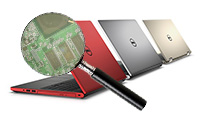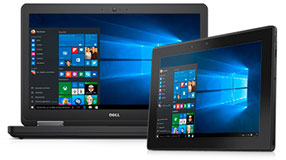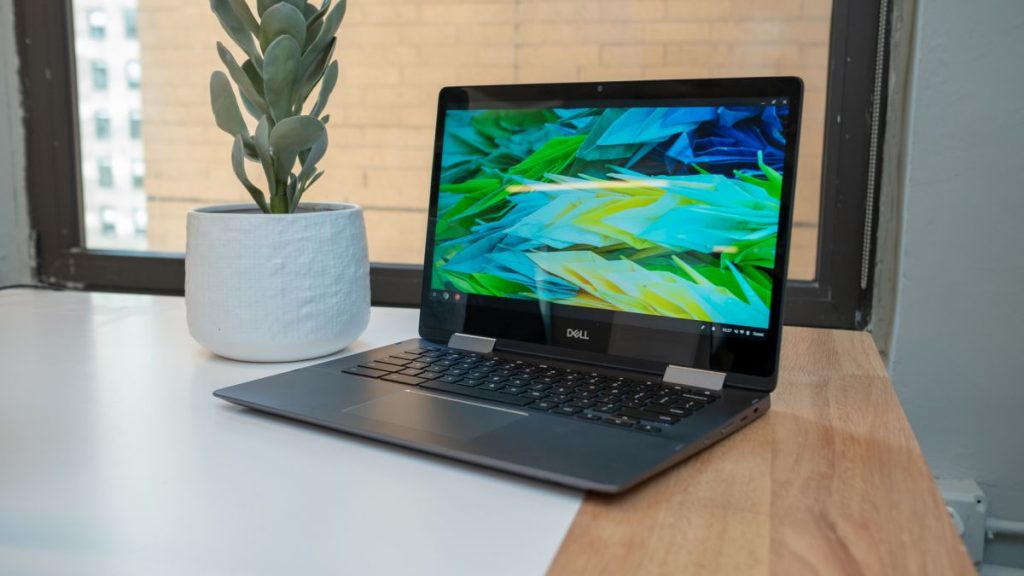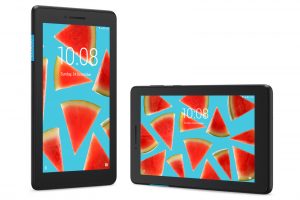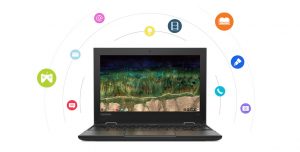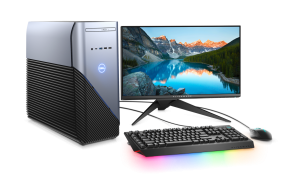[caption id="attachment_9006" align="alignright" width="289"]


Students from the Royal College of Art in London have created two sensory masks that can heighten perception. The idea behind project Eidos is to simulate superhuman sight and hearing by enhancing visual and audible details. The team hopes the project will eventually allow people to enjoy new and customizable experiences.
Tim Bouckley, Millie Clive-Smith, Mi EunKim, and Yuta Sugawara launched the Eidos project in February 2013, and will be showing off their prototypes June 20th-30th at the Royal College of Art summer exhibition in London. One mask fits over the mouth and ears to allow the wearer to hear sound more selectively. The mask is equipped with a directional microphone for isolating specific sounds and neutralizing background noises. The isolated sounds are then experienced by the user through headphones and a mouthpiece. The mouthpiece passes sound from your teeth to the inner ear through bone vibrations, and can give the user a sensation of hearing someone’s voice inside their own head. In tests the wearer was able to perfectly hear a person talking about thirty feet away in a busy train station. The mask zeros in on wherever the user is facing so it sounds as if the person talking is right in front of you. The second mask is a large visor worn over the eyes. A digital camera mounted near the top of the visor captures images that are then processed by software and produce a tracer visual effect. This allows the user to see frame-by-frame progressions of movement.



 Laptop & Tablet Parts
Laptop & Tablet Parts